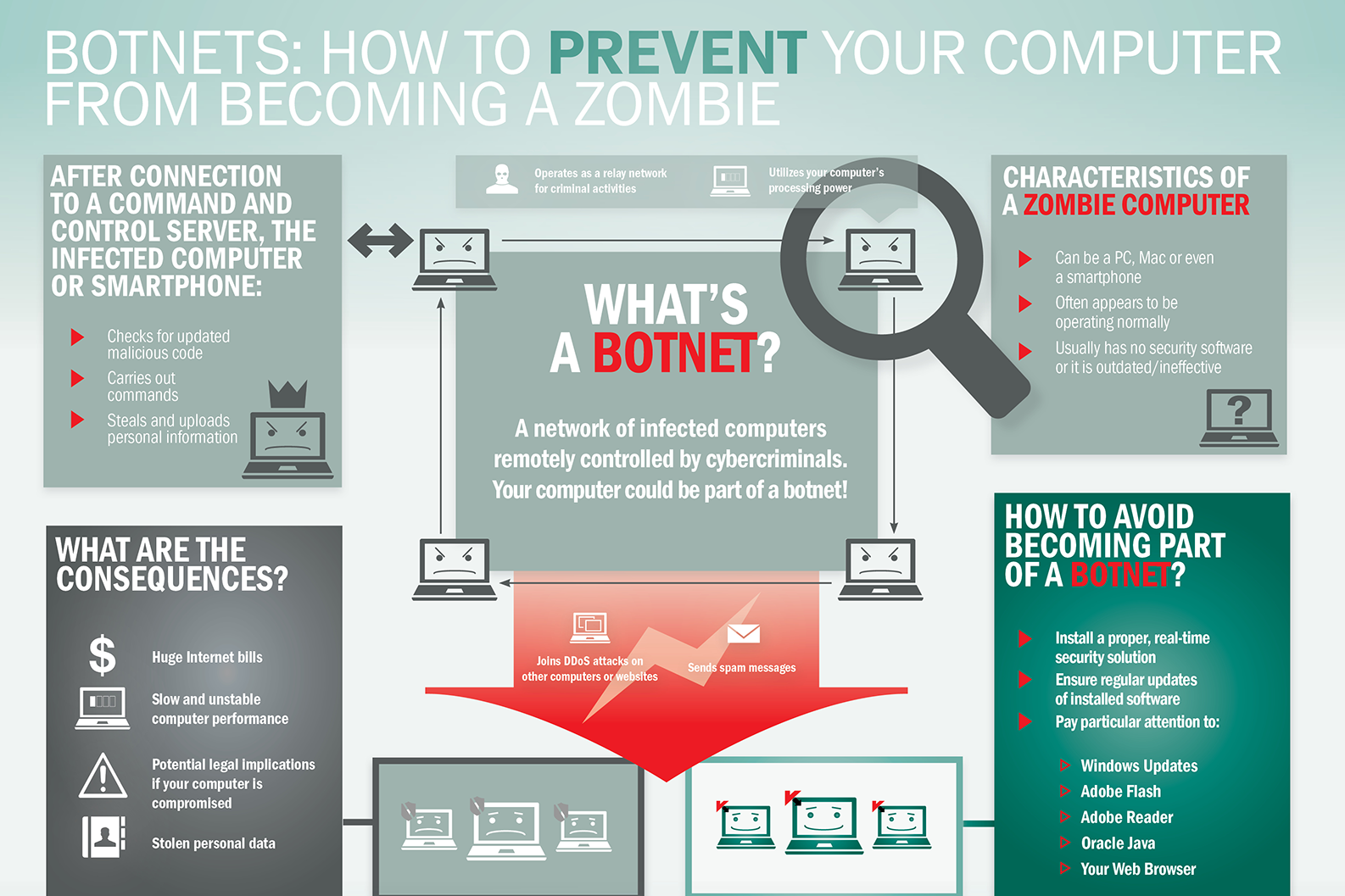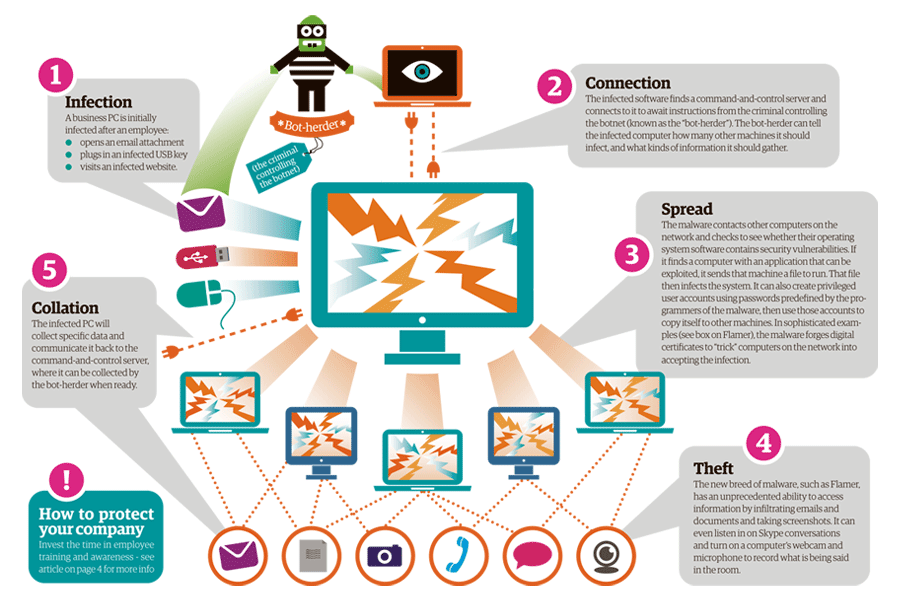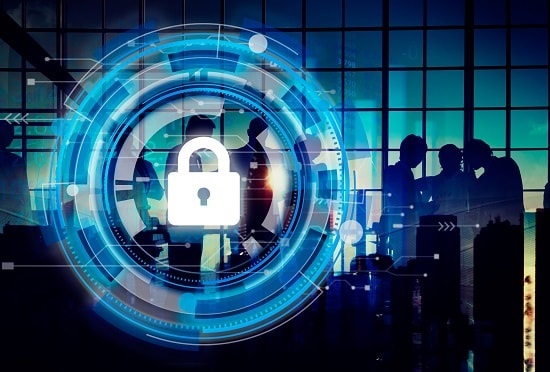CYBER SECURITY CONSULTING SERVICE AWARDS AND RECOGNITIONS
CyberSecOp's comprehensive managed security services, cyber security consulting, professional services, and data protection technology are recognized as industry-leading threat detection and response solutions by major analyst firms, key media outlets, and others.
Prevent DDoS attacks across your enterprise
DDoS (Distributed Denial of Service) attacks feature amongst the most dreaded kinds of cyber attacks, for any enterprise today. This is especially because, as the name itself suggests, there it causes a total denial of service; it exhausts all resources of an enterprise network, application or service and consequently it becomes impossible to gain access to the network, application or the service.
In general, a DDoS attack is launched simultaneously from multiple hosts and it would suffice to host the resources, the network and the internet services of enterprises of any size. Many prominent organizations today encounter DDoS attacks on a daily basis. Today DDoS attacks are becoming more frequent and they are increasing in size, at the same time becoming more sophisticated. In this context, it becomes really important that enterprises look for DDoS attack prevention services, in fact the best DDoS attack prevention services, so as to ensure maximum protection for their network and data.
The different kinds of DDoS attacks
Though there are different kinds of DDoS attacks, broadly speaking there are three categories into which all the different kinds of DDoS attacks would fit.
The first category is the volumetric attacks, which include those attacks that aim at overwhelming network infrastructure with bandwidth-consuming traffic or by deploying resource-sapping requests. The next category, the TCP state-exhaustion attacks, refer to the attacks that help hackers abuse the stateful nature of the TCP protocol to exhaust resources in servers, load balancers and firewalls. The third category of DDoS attacks, the application layer attacks, are basically the ones targeting any one aspect of an application or service at Layer 7.
Of the above-mentioned three categories, volumetric attacks are the most common ones; at the same time there are DDoS attacks that combine all these three vectors and such attacks are becoming commonplace today.
DDoS attacks getting sophisticated, complex and easy-to-use
Cybercriminals today are getting cleverer and smarter. They tend to package complex, sophisticated DDoS attack tools into easy-to-use downloadable programs, thereby making it easy even for non-techies to carry out DDoS attacks against organizations.
What are the main drivers behind DDoS attacks? Well, there could be many, ranging from ideology or politics to vandalism and extortion. DDoS is increasingly becoming a weapon of choice for hacktivists as well as terrorists who seek to disrupt operations or resort to extortion. Gamers too use DDoS as a means to gain competitive advantage and win online games.
There are clever cybercriminals who use DDoS as part of their diversionary tactics, intending to distract organizations during APT campaigns that are planned and executed in order to steal data.
How to prevent DDoS attacks
The first thing that needs to be done, to prevent DDoS attacks from happening, is to secure internet-facing devices and services. This helps reduce the number of devices that can be recruited by hackers to participate in DDoS attacks.
Since cybercriminals abuse protocols like NTP, DNS, SSDP, Chargen, SNMP and DVMRP to generate DDoS traffic, it’s advisable that services that use any of these ought to be carefully configured and run on hardened, dedicated servers.
Do repeated tests for security issues and vulnerabilities. One good example is doing penetration tests for detecting web application vulnerabilities.
Ensure that your enterprise implements anti-spoofing filters as covered in IETF Best Common Practices documents BCP 38 and BCP 84. This is because hackers who plan DDoS attacks would generate traffic with spoofed source IP addresses.
Though there are no fool-proof techniques that can prevent DDoS attacks completely, you can ensure maximum protection by ensuring proper configuration of all machines and services. This would ensure that attackers don’t harness publicly available services to carry out DDoS attacks.
It’s to be remembered that it’s difficult to predict or avoid DDoS attacks and also that even an attacker with limited resources can bring down networks or websites. Hence, for any organization, it becomes important that the focus is always on maximum level protection for enterprise networks, devices, websites etc.
What is Botnet - Cybercriminals #1 Weapon
The word Botnet is formed from the words ‘robot’ and ‘network’. Cybercriminals use special Trojan viruses to breach the security of several users’ computers, take control of each computer and organise all of the infected machines into a network of ‘bots’ that the criminal can remotely manage.
Botnet Prevention- What is Botnet
How Botnets can impact you
Often, the cybercriminal will seek to infect and control thousands, tens of thousands or even millions of computers – so that the cybercriminal can act as the master of a large ‘zombie network’ – or ‘bot-network’ – that is capable of delivering a Distributed Denial of Service (DDoS) attack, a large-scale spam campaign or other types of cyberattack.
In some cases, cybercriminals will establish a large network of zombie machines and then sell access to the zombie network to other criminals – either on a rental basis or as an outright sale. Spammers may rent or buy a network in order to operate a large-scale spam campaign.
How to prevent your computer becoming part of a Botnet
Installing effective anti-malware software will help to protect your computer against Trojans and other threats.
What advice does the world's first CISO have
What advice does the world's first CISO have for the current generation of CISOs? Stephen Katz emphasizes, first and foremost, that cybersecurity must be treated as a business risk management issue rather than a technology issue.
"Security has to evolve and grow at the same pace as the business," he stresses in an interview with Information Security Media Group.
The role of the CISO has to be recognized as a core business function, he adds. "Security has to be an enabler of the business; security has to earn a seat at the executive table. Too often, we give people the title of chief information security officer; they don't believe they're an executive, and executives don't believe they are an executive."
In this interview (see audio link below photo), Katz also discusses:
Changes in the threat landscape since becoming the world's first CISO;
Top priorities for CISOs in the coming year;
Why getting back to the basics of security remains so important;
The ongoing growth of machine learning models in all aspects of cybersecurity.
Katz is the founder and president of Security Risk Solutions LLC, an information security company providing consulting, mentoring, coaching and advisory services. He was formerly CISO at JPMorgan Chase, Citigroup and Merrill Lynch.







